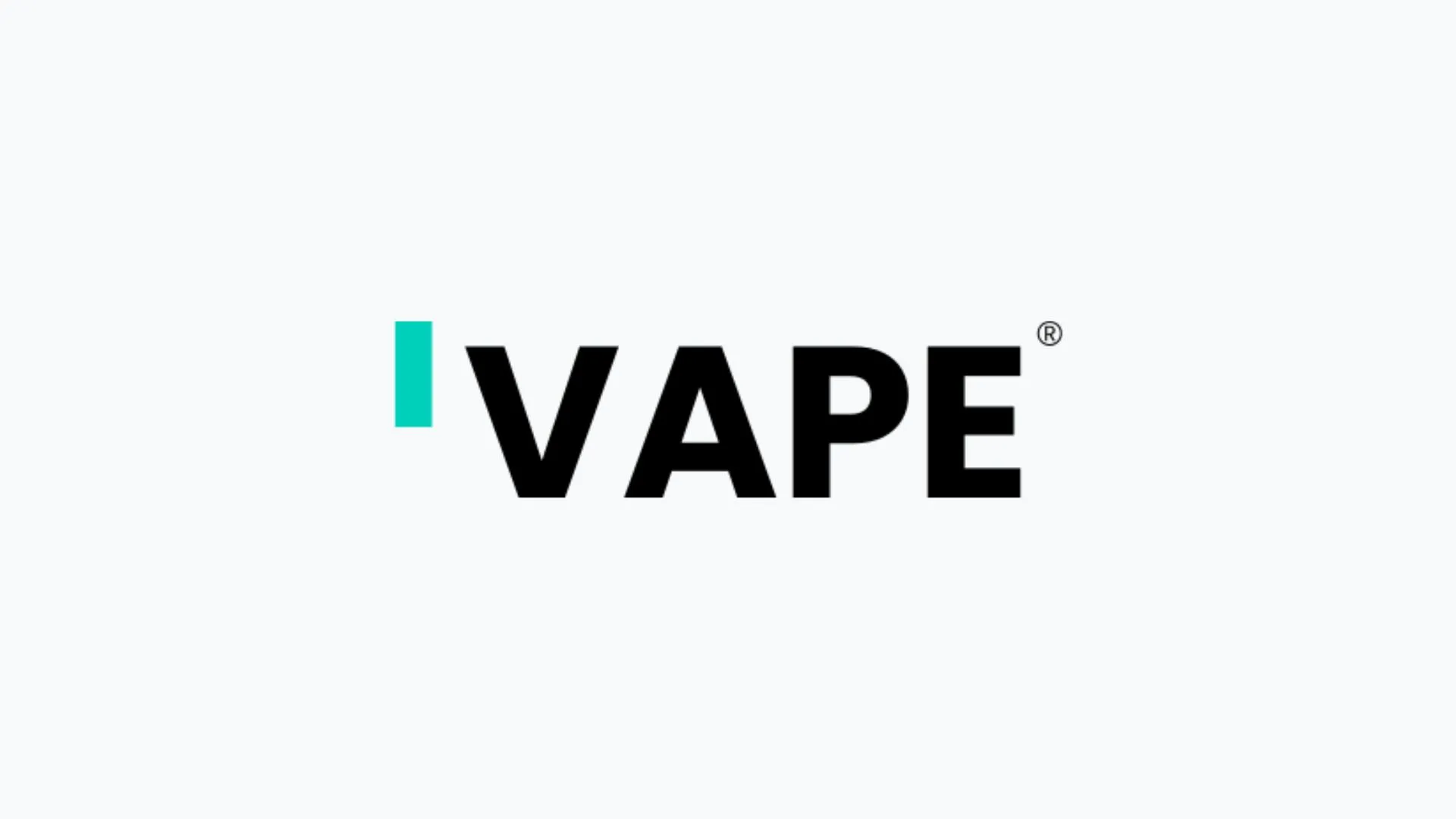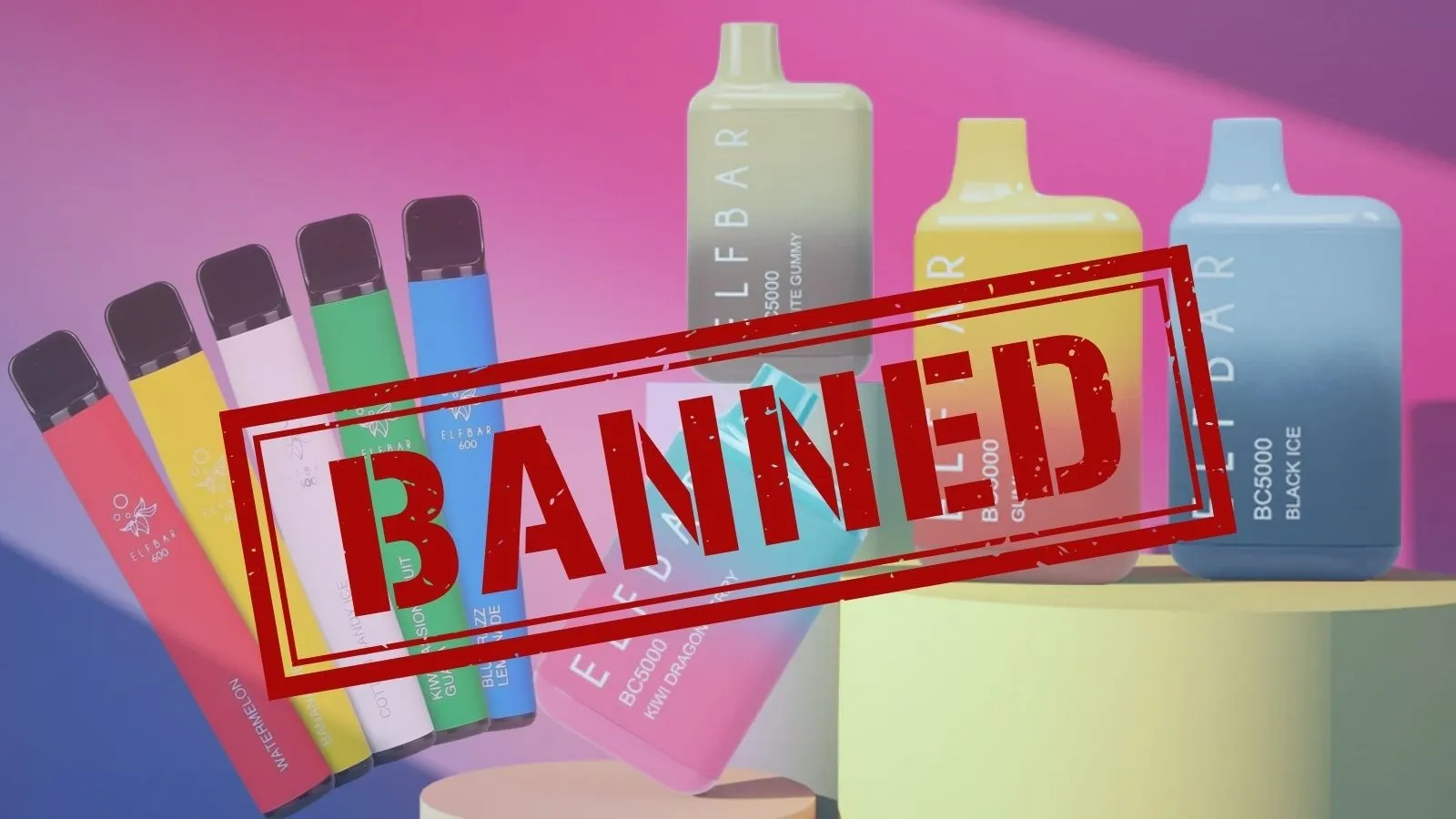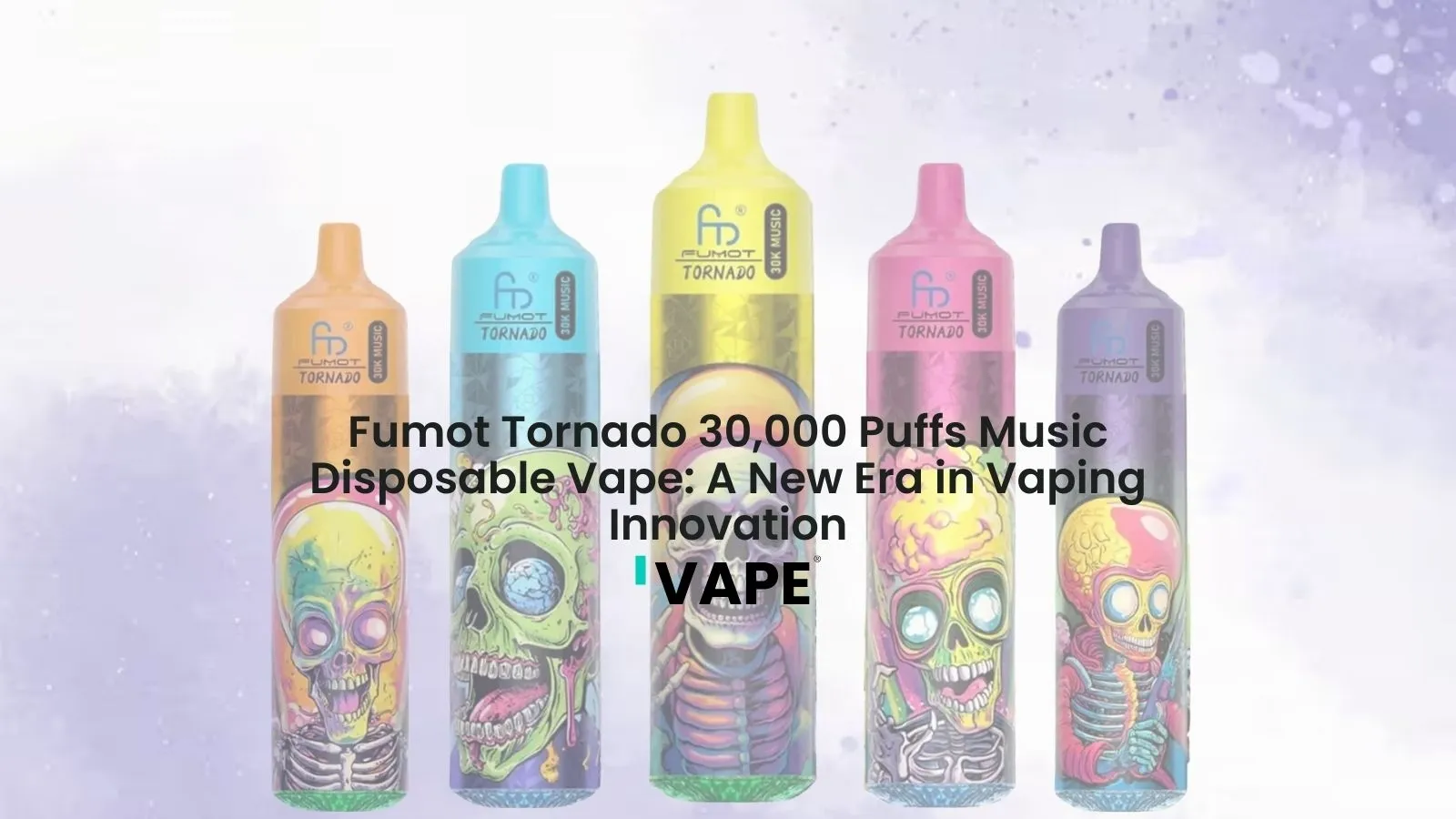TRPR and TPD UK Guidelines for Vaping Products and E-Liquids
February 3, 2025
The TRPR (Tobacco and Related Products Regulations) and TPD (Tobacco Products Directive) are rules in the UK and EU that control the sale and marketing of vaping products and e-liquids. These rules make sure vaping products are safe by setting limits on nicotine levels, controlling packaging and labels, and requiring safety checks. They also stop ads from targeting young people and make sure products are tested and registered with the right authorities.
In the UK, vaping products and e-liquids are regulated by two main pieces of legislation: the Tobacco and Related Products Regulations (TRPR) and the EU Tobacco Products Directive (TPD). These regulations play a critical role in ensuring the safety, quality, and consistency of vaping products available to consumers. Both TRPR and TPD aim to protect public health while maintaining a viable market for adult smokers seeking alternatives to traditional tobacco products.
What is TRPR?
The Tobacco and Related Products Regulations (TRPR) is a set of rules that govern the sale and marketing of tobacco-related products, including e-cigarettes and e-liquids. The TRPR is the UK's implementation of the EU’s TPD, which came into force following Brexit, with some modifications. The regulation covers everything from product safety to packaging and labelling, ensuring that only safe and properly marketed products reach the consumer.
Key Points of TRPR
- Nicotine Strength Limits: One of the main elements of TRPR is the restriction on nicotine strength in e-liquids. E-liquids are capped at a maximum nicotine concentration of 20mg/ml, designed to reduce the risk of nicotine poisoning.
- E-liquid Volume Limitations: E-liquids are restricted to 10ml containers for nicotine products, ensuring that there are no overly large quantities sold in a single container that could be harmful if consumed accidentally.
- Childproof and Tamper-Evident Packaging: All vaping products must be packaged in childproof containers. The packaging must also be tamper-evident, ensuring that the product hasn't been altered before reaching the consumer.
- Health Warnings: Just like cigarettes, vaping products must display clear and noticeable health warnings. The warnings on e-liquid bottles include phrases like “This product contains nicotine which is a highly addictive substance.”
- Advertising Restrictions: Vaping products cannot be marketed in a way that targets minors or non-smokers. Advertising is also restricted in certain media to avoid glamorizing the products.
- Product Notification: Manufacturers and importers must notify their products to the Medicines and Healthcare products Regulatory Agency (MHRA) at least six months before they are placed on the market. This ensures that each product undergoes an evaluation for safety and quality.
What is TPD?
The Tobacco Products Directive (TPD) is an EU-wide law that regulates the manufacture, presentation, and sale of tobacco products, including electronic cigarettes and refill containers. It applies to all EU member states and was designed to reduce the harmful effects of smoking and ensure that vaping products meet strict safety and quality standards.
Key Points of TPD:
- Product Safety Standards: The TPD sets out requirements for product safety, including limits on nicotine content, as well as requirements for product testing and regular safety assessments.
- E-Liquid Regulations: Similar to TRPR, TPD limits the nicotine concentration of e-liquids to 20mg/ml and mandates that e-liquid containers should not exceed 10ml.
- Warning Labels and Information: E-liquids must be clearly labelled with a nicotine warning, as well as information on ingredients. There is also a requirement for detailed instructions on how to use the product safely.
- Packaging Requirements: E-liquids and refillable devices must have childproof packaging and tamper-evident seals to minimize risks of accidental ingestion, especially by children.
- No Online Sales to Minors: The TPD also includes rules to prevent the sale of vaping products to minors, which includes restrictions on online sales and the marketing of vaping products.
- Product Notification to Authorities: Just like the TRPR, vaping products must be notified to the relevant authorities, and manufacturers must submit detailed product information including ingredients, emissions, and toxicological data.
Following with TRPR and TPD:
For manufacturers, distributors, and retailers of vaping products in the UK, it is crucial to comply with these regulations. Failing to meet TRPR or TPD requirements can result in penalties, including product recalls, fines, and bans on the sale of non-compliant products.
For consumers, these regulations offer peace of mind that the vaping products they purchase are safe and meet specific standards. The nicotine concentration limits, packaging, and product testing help ensure that vaping is a safer alternative to smoking, while still allowing smokers to enjoy their preferred flavours and experiences.
Disposables:
- Legal disposables should have no more than 2ml of nicotine e-liquid or offer up to 600 puffs.
- Disposables claiming more than 600 puffs or 3500 puffs with nicotine may be illegal.
- Always buy from trusted sellers to ensure the product meets legal standards.
E-Liquids:
- The maximum allowed nicotine strength in vape liquids is 20mg/ml.
- Nicotine e-liquids can only come in 10ml bottles.
- Avoid E-liquid with more than 20mg/ml or 2% nicotine.
- For larger amounts, use shortfill bottles with added 10ml nicotine shots.
Vape Devices:
- Vape devices with pods, tanks, or cartridges must not hold more than 2ml of liquid.
- Devices holding over 2ml of liquid are not registered and may be harmful.
Counterfeit (Fake) Vapes:
- Be careful with fake versions of well-known brands like SKE, Lost Mary, and Elf Bar.
- Only buy from MHRA-approved sellers or directly from the brand.
- Packaging should include health warnings, ingredient lists, hazard symbols, instructions, expiry dates, and batch numbers.
- If any of this information is missing, avoid the product.
Conclusion
The TRPR and TPD regulations for vaping products and e-liquids play a vital role in safeguarding consumer health, ensuring the safety of vaping products, and maintaining public trust in the industry. By adhering to these rules, manufacturers help ensure that vaping remains a responsible and safer alternative to traditional smoking, with appropriate safeguards in place. As these regulations evolve, the future of vaping products looks promising for those who seek to quit smoking while enjoying a less harmful alternative.
For any manufacturer, retailer, or consumer, understanding and adhering to these laws is essential to maintain a safe and regulated vaping market in the UK.










0 comments For TRPR and TPD UK Guidelines for Vaping Products and E-Liquids